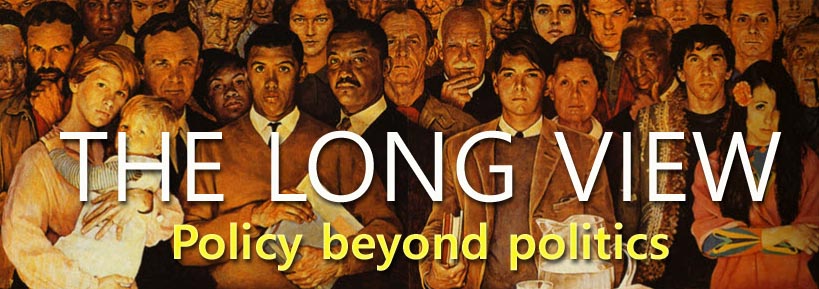Like Sarah Palin in 2008, Donald Trump's populism has become a deadly boomerang for the old GOP.
Populist leaders and party rules and principles make odd and short-lived marriages.
Trump's 2016 narrow victory over an out-of-touch Hillary Clinton might have been grossly overstated as a sign of a trend towards conservatism and republican values.
Except for his tax cuts and deregulatory measures, Trump's nationalistic and protectionist policies fit better with Bernie Sanders' Left-wing democrats than with orthodox Milton Friedman-Ronald Reagan republicanism.
The underlying demographic trend shows a fast migratory transformation, explained in detail by Nate Silver.
Arizona, Georgia, Florida, and Texas are moving towards the Democratic party, as millions of college-educated Californians and Midwesterns move towards the Sunbelt states looking for lower taxes, affordable housing, and more efficient government.
Republicans' success in state government has attracted liberal voters that are already turning the tide towards a more progressive, minority-friendly type of politics than Trump's populist version of the Republican party.
Trump's three consecutive defeats between 2018 and 2020, losing control of the Senate and the White House are the price for extreme polarization and catering to a steady but not expandable segment of the traditional Republican electorate: white, non-college-educated voters in traditional protected industries.
If Trump keeps veering to the Far-Right his populist agenda and doesn't check his personalist impulses, he will put in jeopardy GOP governors and senators' tenure in the states that are turning demographically and culturally to more progressive politics. Such fracture would make possible a Harris 2024 presidency, in the same manner as Ross Perot helped Bill Clinton defeat Bush 41.
Future trends are clear for both traditional parties to be aware of: republicans must move back to the center to keep chances with a new, younger, better educated, and more diverse electorate moving to formerly "red" states. Democrats must take account of their slim 2020 victory in such states doing the same and moving away from Sanderism and the Gang of Four.
So far, both parties seem to be uncertain and in a process of internal divisions.
